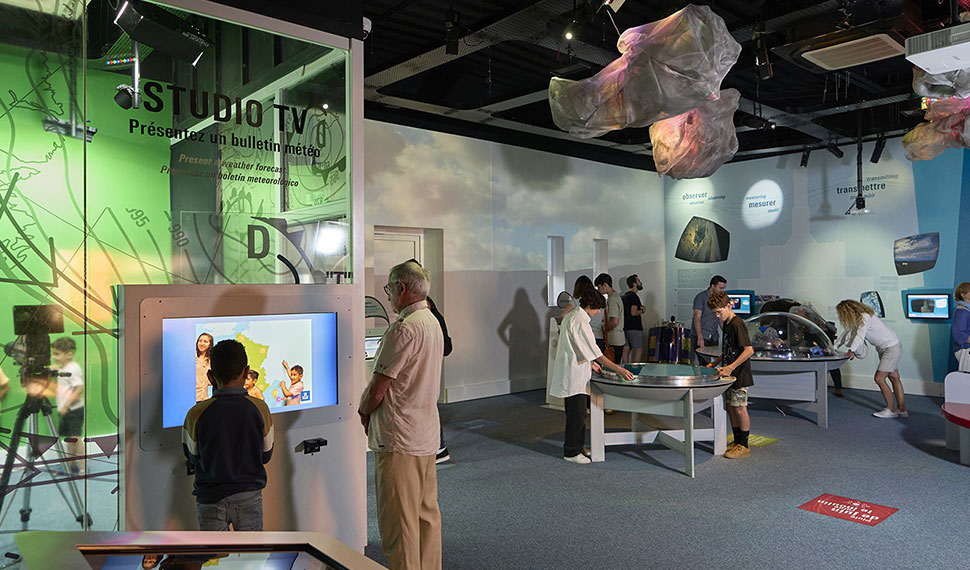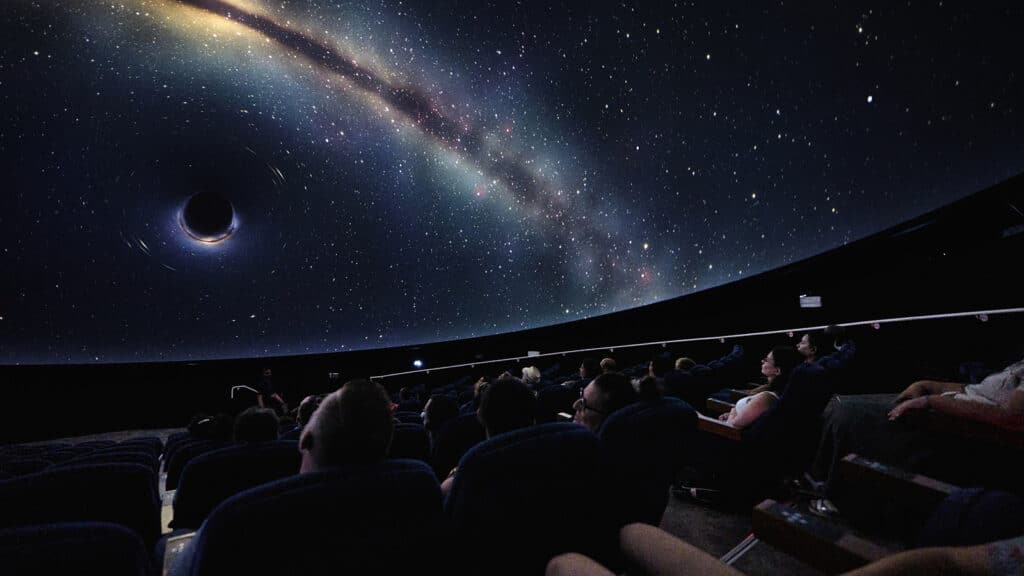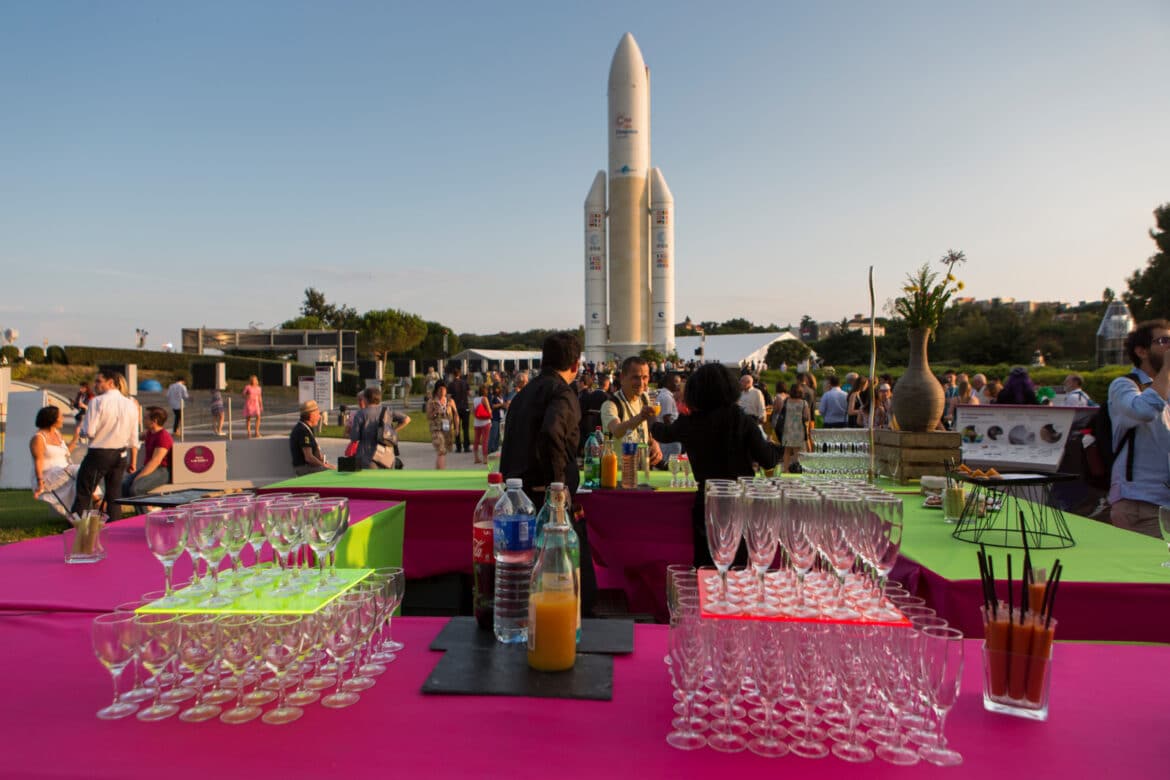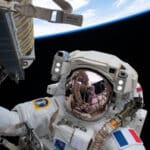Share
- Exploration
PERSEVERANCE SAMPLING MARS
Published on 13 October 2021
After a first unsatisfactory sample, the Perseverance rover extracted two further cores from a rock which were successfully placed in sealed tubes in early September.
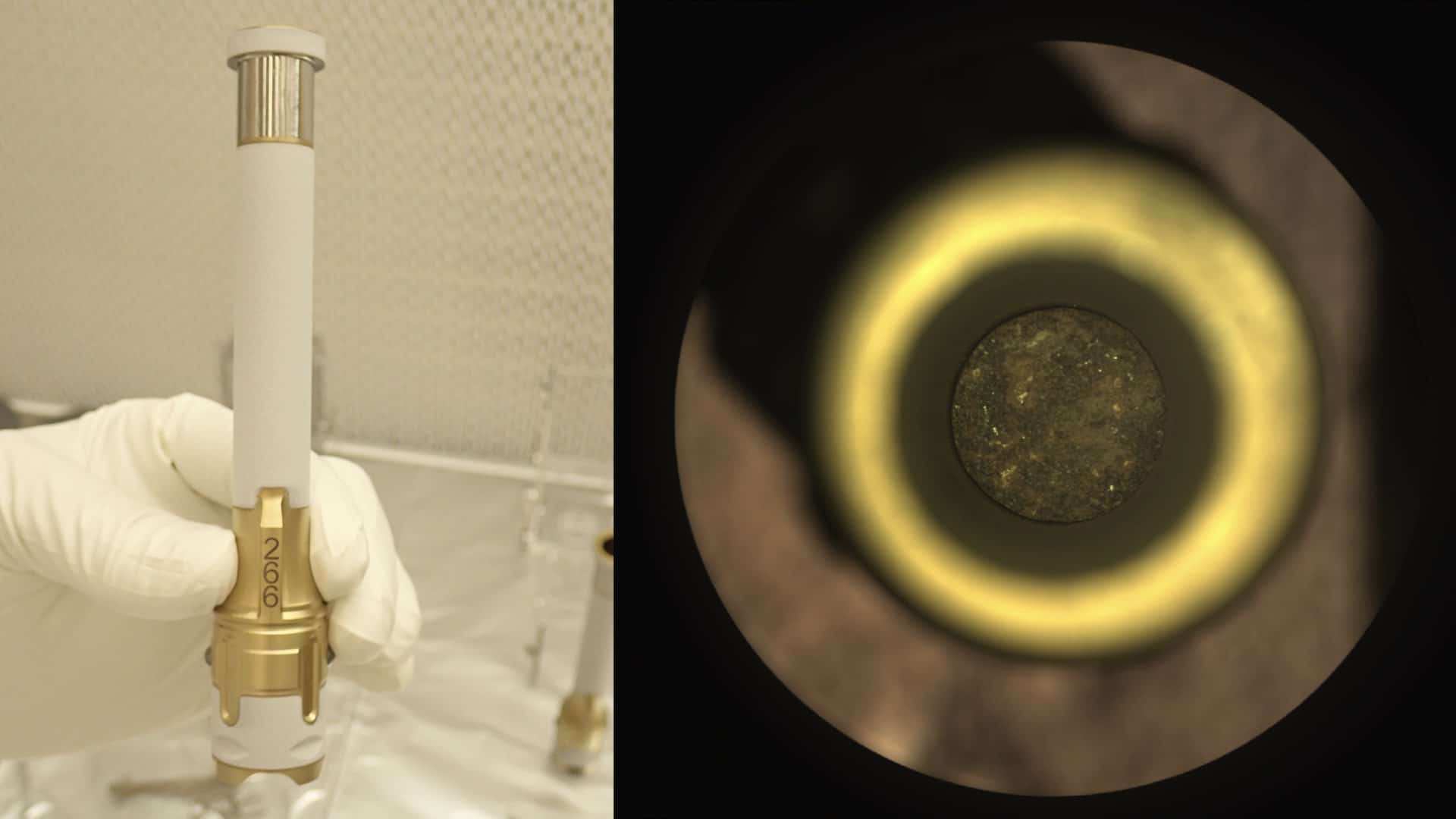
NASA’s rover, equipped with SuperCam, the French laser camera, successfully landed on 18 February 2021. Since then it has been moving around the Jezero crater where it has put its instruments into action and has also manufactured oxygen from the Martian atmosphere, and successfully tested the helicopter drone it carried.
Perseverance is equipped to find traces of past life on Mars: it can also take samples and prepare them so that other missions can bring them back to Earth. In that regard, a crucial stage was reached in early September.
TWO SUCCESSES, ONE AFTER THE OTHER
Extracting a sample from the ground or from a rock, putting it into a tube to be sealed, all automatically, is, in fact, quite complex. To do so, Perseverance is equipped with three robots which share the necessary tasks. In the video below, NASA’s Jet Propulsion Laboratory (JPL) which is directing this mission explains how it unfolds.
At the end of the robotic arm, a drill is responsible for carrying out the little core-drilling operation (roughly the size of a pencil). The tube-shaped receptacle has been inserted beforehand into the hollow drill bit. The pieces of rock or soil obtained go straight into the tube and stay there … Except if what was collected turns out to be too crumbly and falls away or disperses. The mission leaders explained that this was what happened with the disappointment of 6 August 2021. After a sampling operation, the control images showed an empty tube!
On 1 September, Perseverance carried out another sampling sequence on a rock, known as Rochette. NASA announced the success of the operation, the verification photographs showing this time that samples were in the tube.

On the left: Photo on Earth of one of the 43 tubes which Perseverance took with it. On the right: the sample of 1 September resulted in a tube containing samples. .
Credit : NASA/JPL/Caltech/MSSS-Cité de l’espace
Building on this success, the team responsible for controlling the rover scheduled another sampling on 8 September, which was also successful.
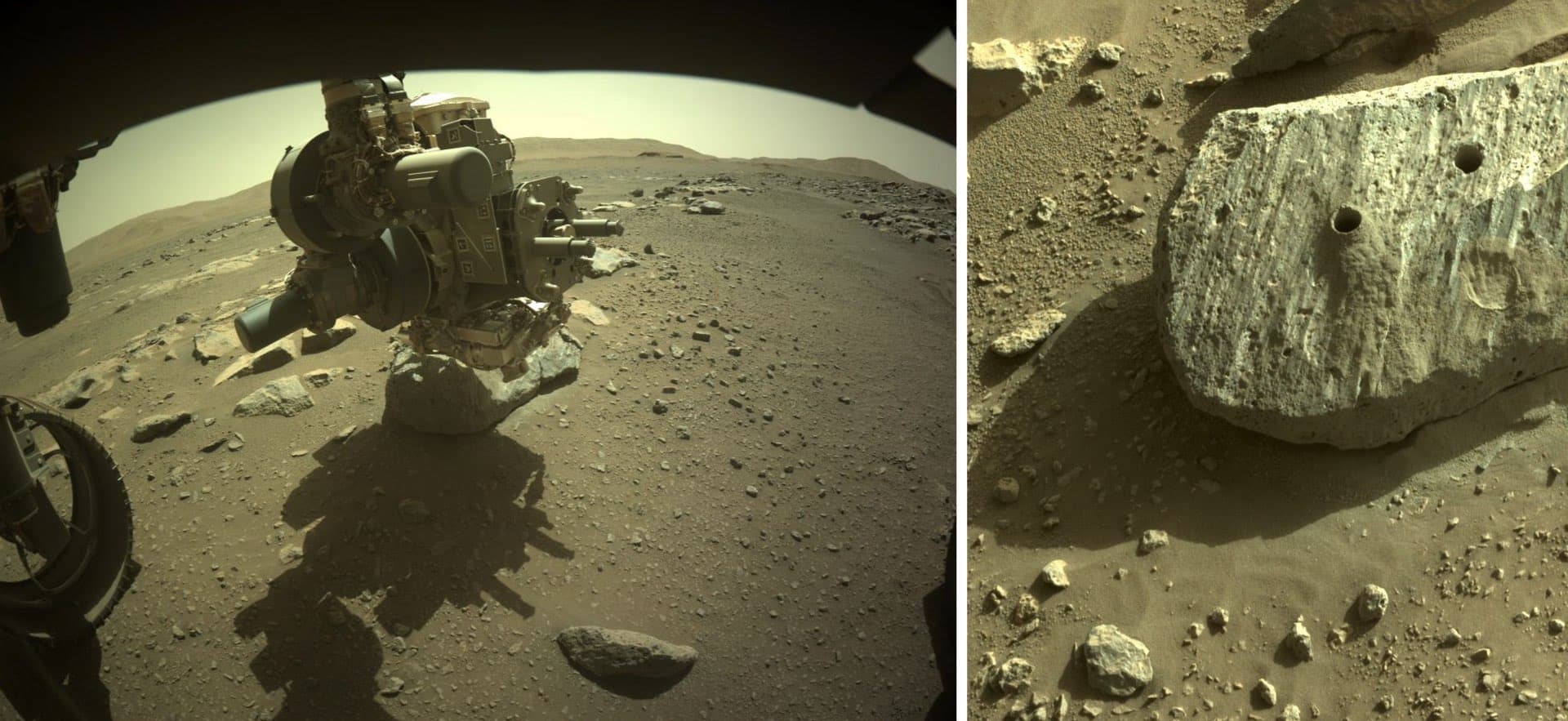
On the left: Perseverance’s drill at work on Rochette. On the right: the two 2.7 cm wide and 7 cm deep holes left by the drilling operations of early September 2021.
Credit : NASA/JPL/Caltech/MSSS-Cité de l’espace
SAMPLES FOR EARTH
Perseverance houses a total of 43 15-cm long tubes, designed to protect the samples which will be collected. In addition, there are five which will not be filled to serve as control specimens. The aim is to bring the samples to Earth to analyse them. The logic is that the instruments onboard probes and rovers, although technologically advanced, cannot compete with all the means available on our planet. Don’t forget that the machines in laboratories on Earth do not have to be miniaturised in size and mass as required by a space mission.
It will not, however, be Perseverance which will carry its own samples back to Earth. NASA’s rover will place them on the surface so that another mobile robot, supplied by the European Space Agency (ESA) and built by Airbus, will go to fetch them. This is a second mission. Once the tubes are collected, this “Fetch Rover” as it is called, will bring the samples onto a small launcher which will put them into Martian orbit inside a receptacle the size of a basketball. Then there will be a third mission. A European probe, known as Earth Return Orbiter (ERO), will intercept the receptacle around Mars then come back to our planet to deliver its precious cargo so that it arrives on the surface around 2030.
The video below summarises this effort split between three missions which involve NASA and the ESA.
